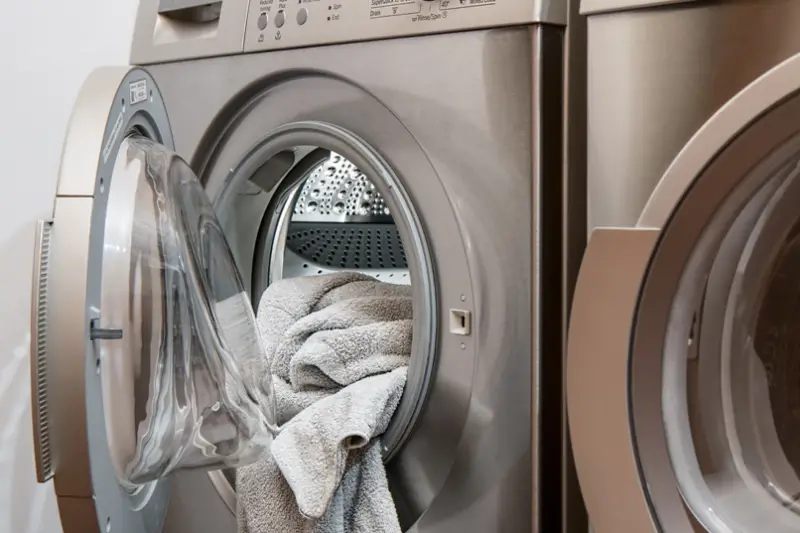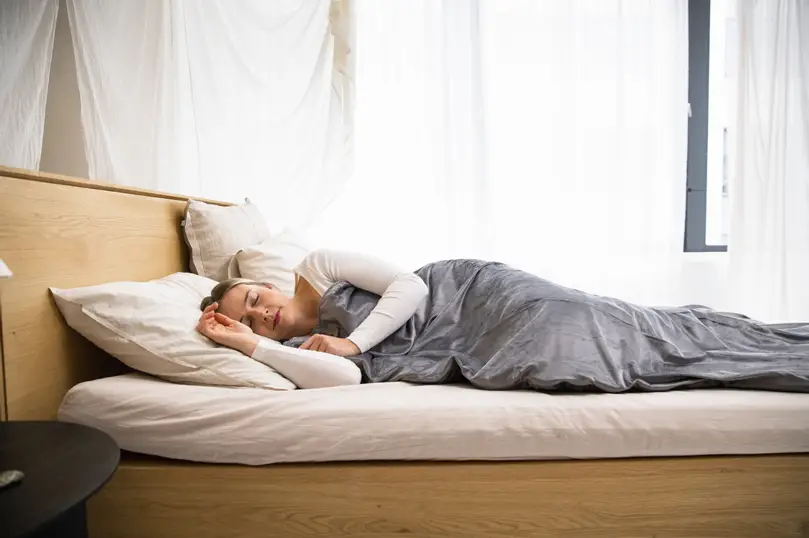Itching for a solution to the pesky vampires that lurk in your bed at night? Say no more.
There’s nothing worse than rolling around in bed at night and waking up to unexplained bumps on your skin. At first, you think they’re probably just mosquitoes, as it is that time of the year. But after several attempts at spraying your room with mosquito repellent, you’re still getting these weird bumps on the skin, and your sleep quality is getting worse by the day. The culprit? Little, blood-sucking bugs are burrowing in your mattress.
The phrase “sleep tight and don’t let the bedbugs bite” sounds cute only until it actually happens to you. Bedbugs are annoyingly persistent, and their bites are painful and itchy. They’re pesky little vampires who hide during the day and feast on you at night.
And worst of all, they proliferate fast, so if you do spot a couple hiding in some parts of your mattress, you might as well expect that there are more of them than you can see on the surface. More skin-crawling truths about bed bugs are here: https://www.health.ny.gov/environmental/pests/bedbugs.htm.
Bed bugs are the type of pest that you would want to address sooner rather than later. Not only are they annoying at night, but they can also cause more serious illnesses if you’re bitten by aninfected bug.
They can also damage your mattresses and bedding permanently, and those don’t come cheap. If you’re tired of having to deal with these unwanted freeloaders that literally live and dine on your property, then it’s time to put “Operation: Bed Bug Be Gone” in motion.
Here are some ways to get rid of these nocturnal pests:
-
They Don’t Like It Hot (Or Cold)

How to Treat Bed Bugs
Who knew these bugs could be so high maintenance? Apparently, these pests are unable to thrive in environments that are either too hot or too cold (read more). So, if you want to get rid of bed bugs the natural way, use temperature to your advantage. Get the temperature right, and you can bid these pests goodnight—permanently.
If you want to use heat to get rid of them, simply remove your bedding from your mattress, run them under hot water, and let them sit for a few minutes. You can then proceed to wash them as you normally would (make sure your bedding can be machine-washed first, though! ), then throw them into the dryer. The hot temperatures of the water and the dryer should kill off any bugs or eggs that are stuck to your bedding.
As for your mattress, you can use a clothes steamer or a hot iron and run it through the surface of your mattress, making sure to go over every nook and cranny. Slowly move your iron or steamer, staying for a few seconds at every part of the mattress that you suspect has been infested by bed bugs. Just be careful not to burn it! They might scurry away, so be sure you have bug spray ready to finish off the runaways. If you don’t, they will likely come back to rebuild their colony later on.
On the other hand, if you want to freeze them to death, you will need a large enough freezer where you can place your bed covers for several hours. While it’s possible to get rid of them this way, it is very unlikely for regular homes to have freezing equipment lying around to execute this method. Thus, the heat option is more realistic and practical.
-
Use Chemical Sprays (Insecticides)
If the temperature method doesn’t work, or if the infestation has become too severe for it to work, then it’s time to bring out the big guns—or sprays, in this case. Insecticides for residential use can be bought in most grocery stores and supermarkets, and they are all relatively easy and safe to use as long as you follow the instructions closely. Most brands are also effective against common house pests like bed bugs.
When using chemical sprays, just pay close attention to the instructions written at the back of the bottle. If you have kids inside the house, make sure that they maintain a good distance (better yet, get them outside or to a neighbor’s house to play) from the room that you will be using the chemical spray in. While spraying, be sure to wear safety gear yourself, like a mask, eye protection goggles, and gloves. While store-bought chemical sprays aren’t as potent, they are still toxic, so it is best to be safe than sorry.
-
Call The Experts
Now, all of the above options are effective given normal circumstances – in other words, the infestation has not advanced to a level that is beyond what natural or over-the-counter pest solutions can manage. If the infestation is rapidly spreading and persists even after you’ve done the first two steps, then the next thing you can do is call the professionals like https://hadlowpestsolutions.com/
Professional pest control services are equipped with more advanced tools and anti-pest formulas that can get rid of larger nests lurking inside your home. They also have specialized equipment and chemical solutions targeted at specific pests, like bed bugs, so they can eradicate them faster. Plus, dealing with pest problems yourself is such a hassle. Best to leave the work to the pros and get faster and better results.




